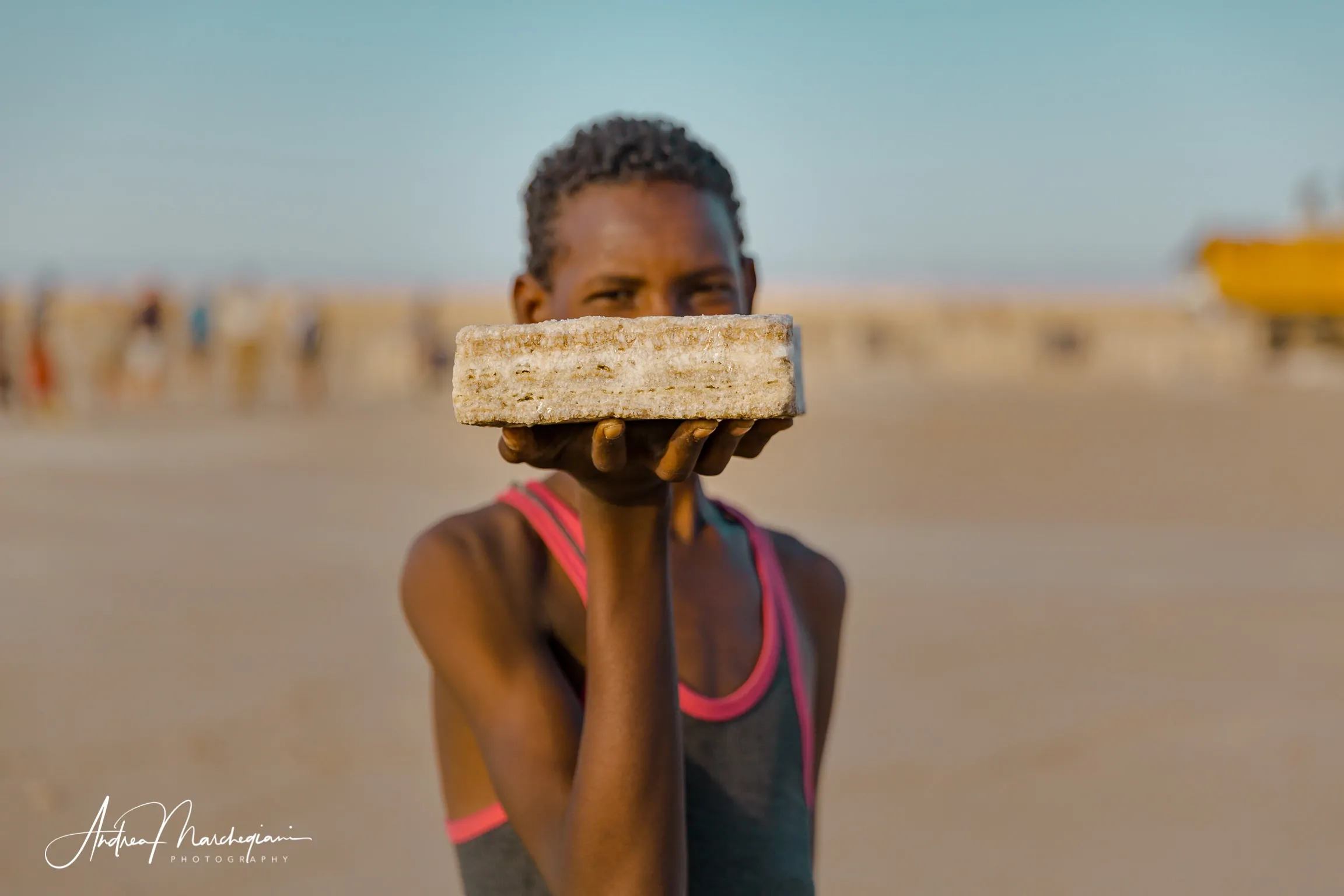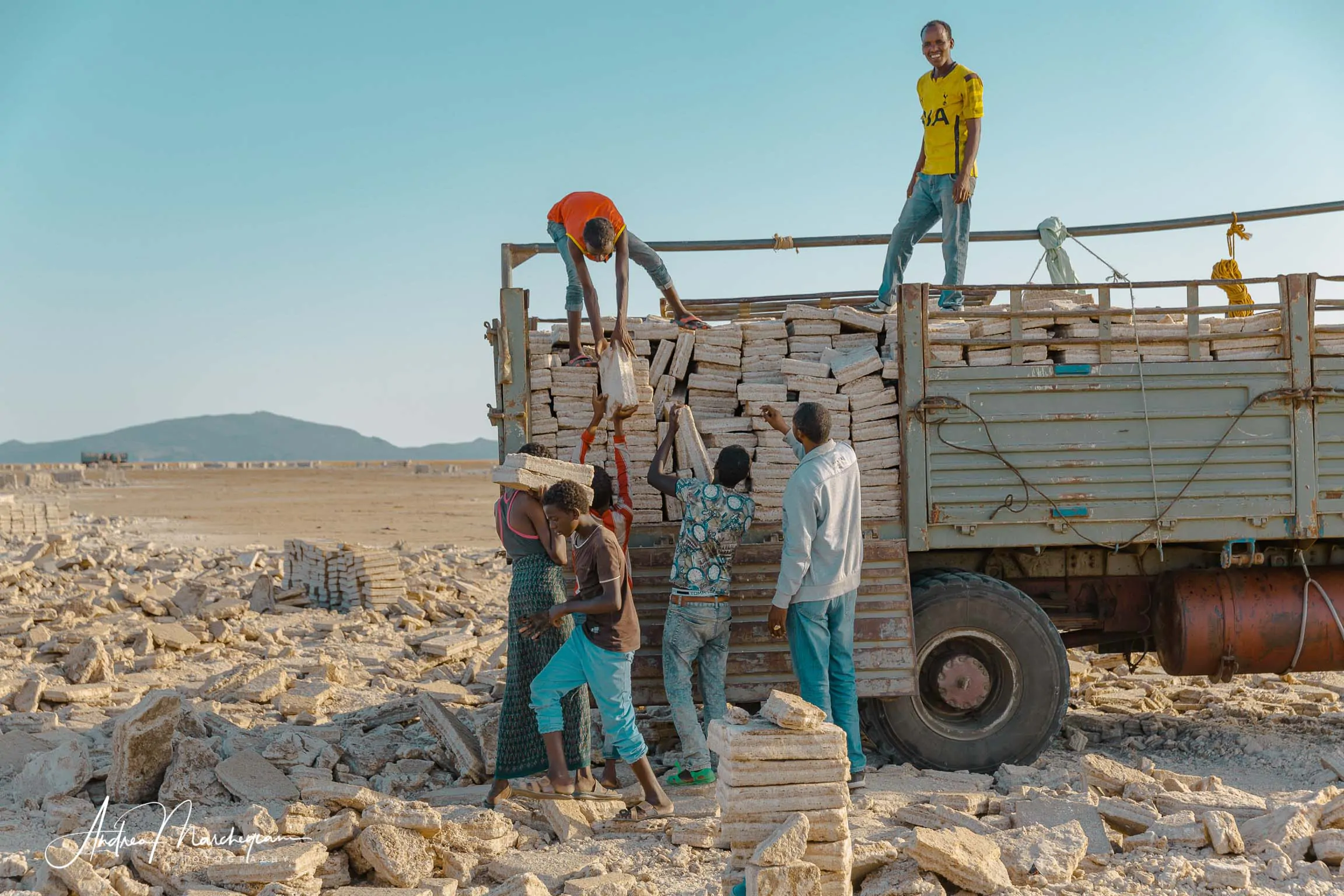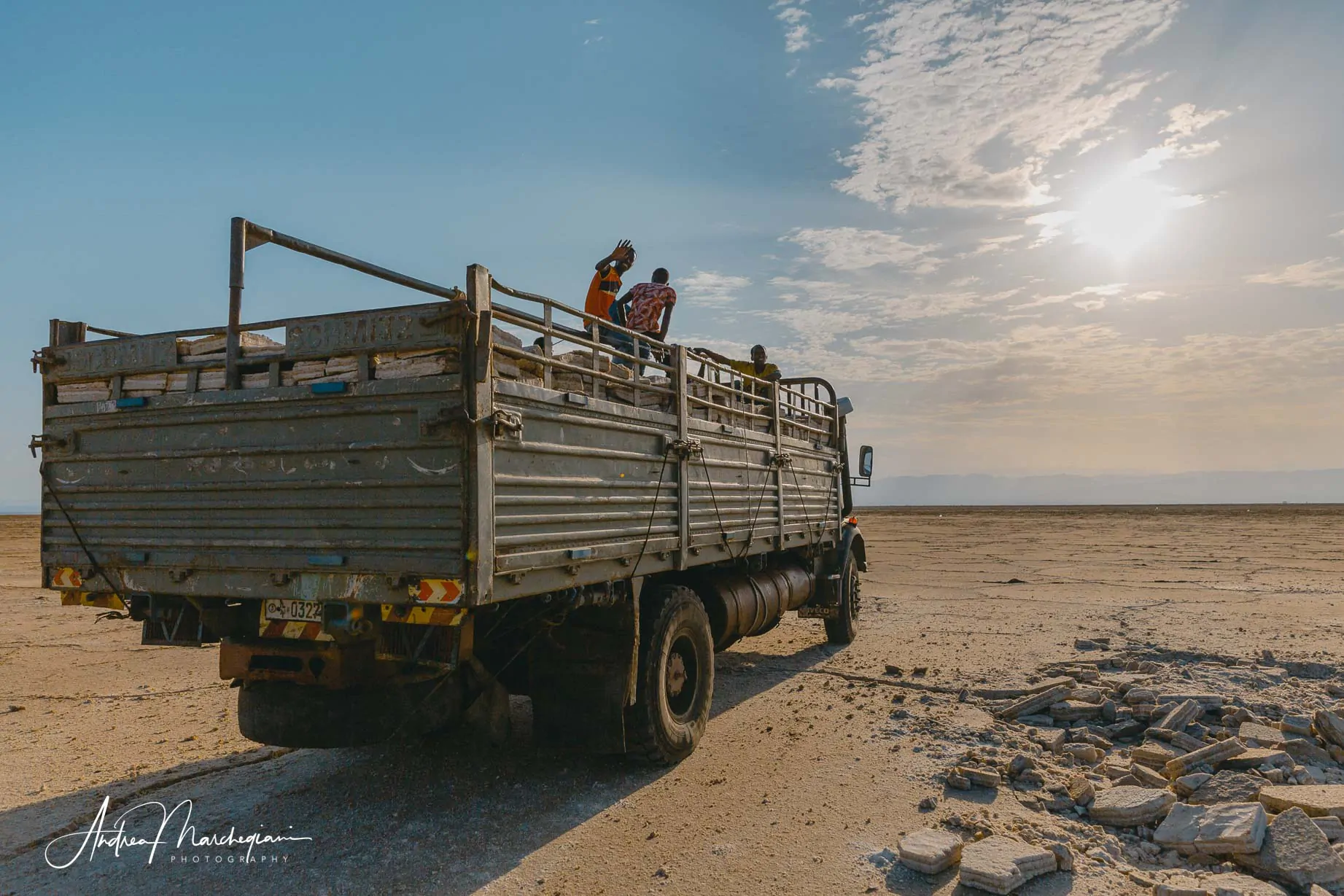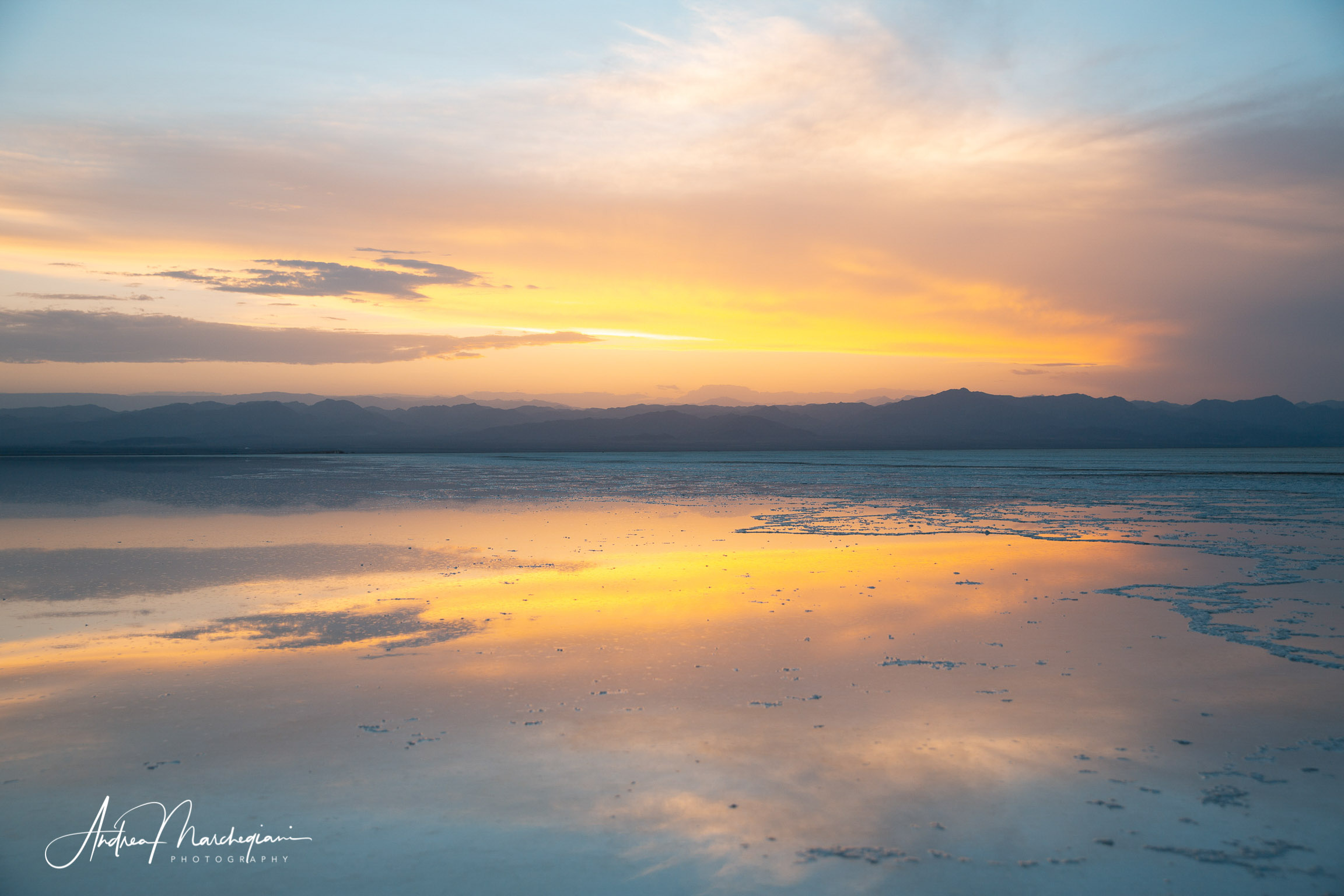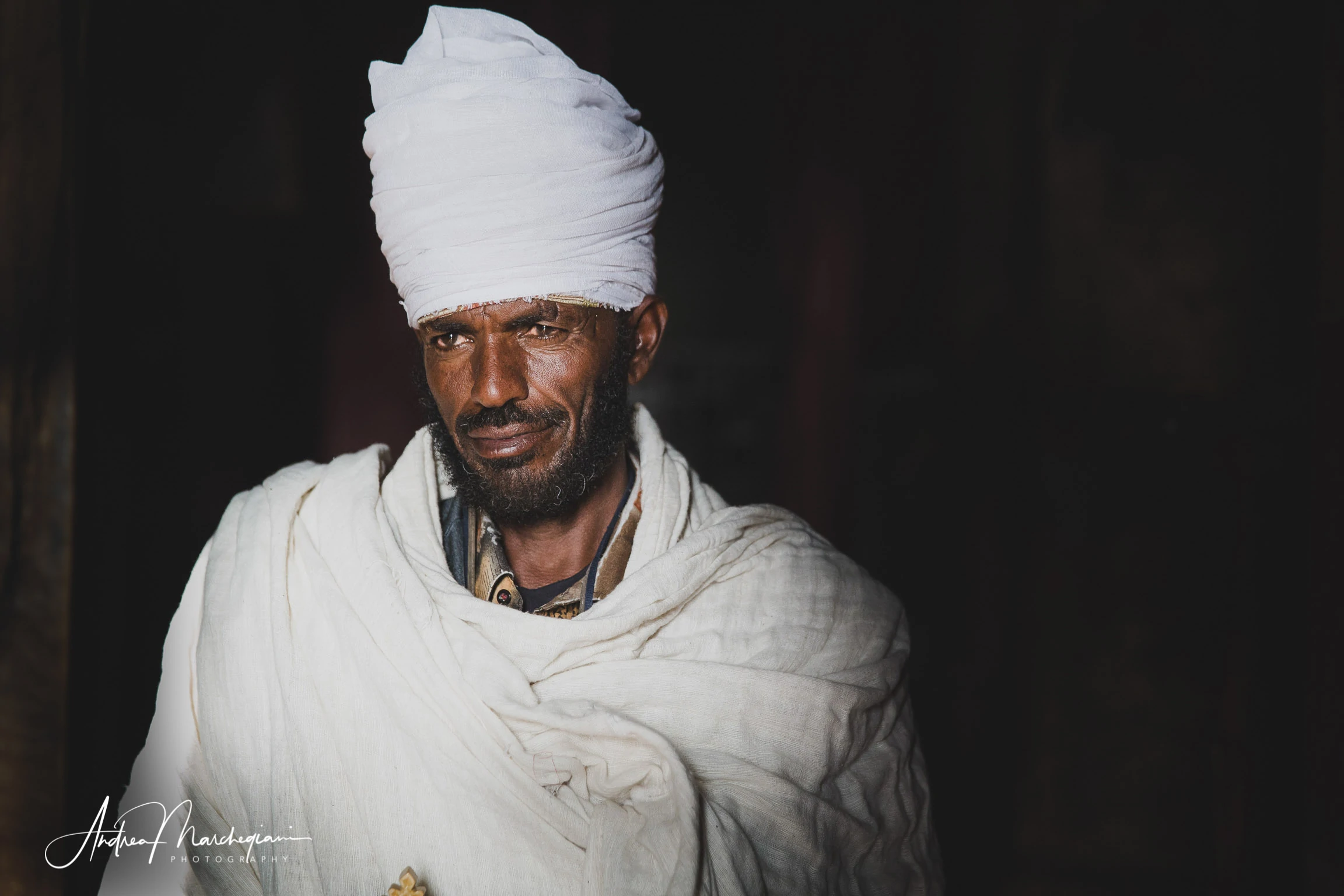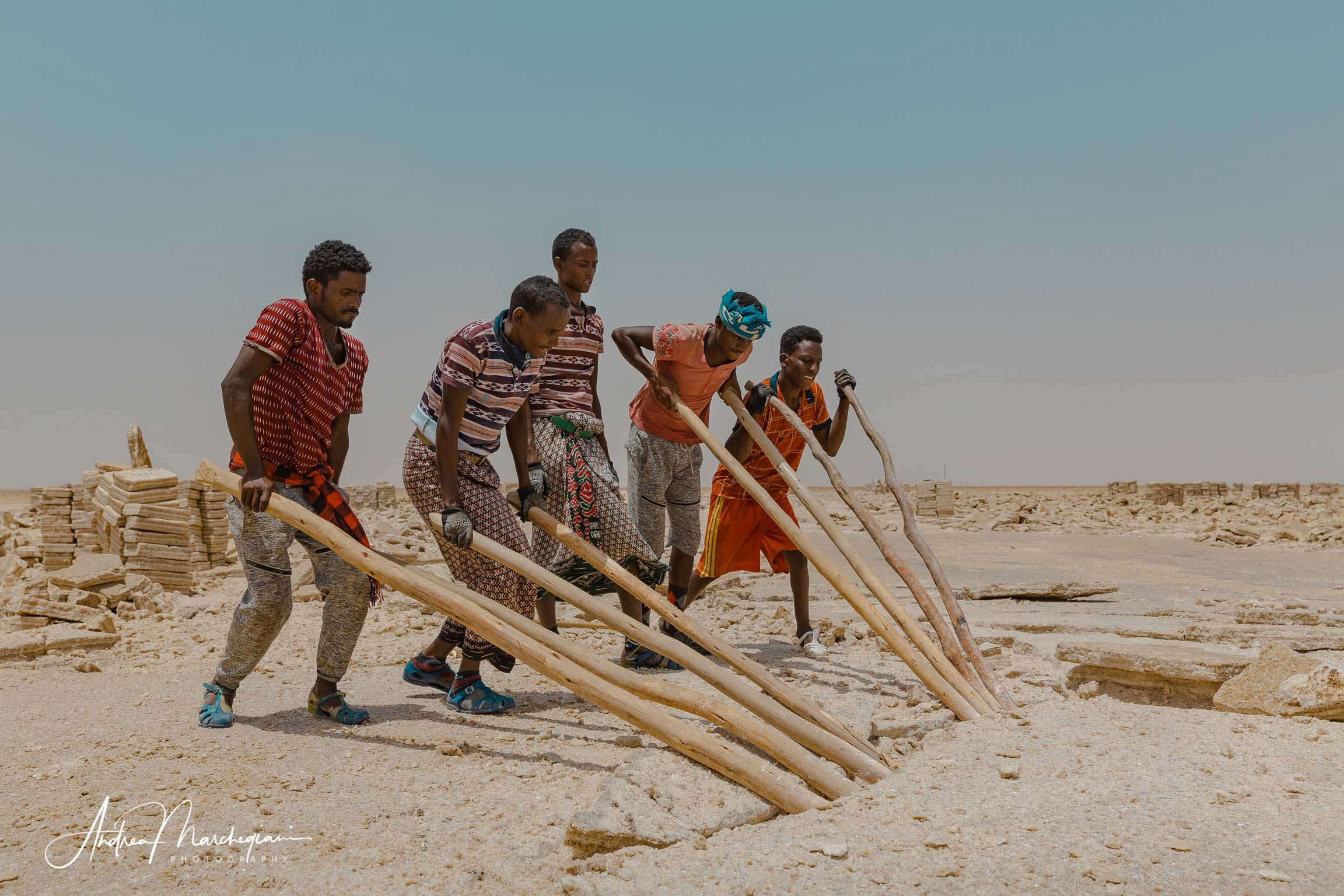
- Home
- Photo Galleries
- Portrait Photography
- Landscape Photography
- Street Photography
- China
- Ethiopia
- India
- Holy Ganges
- Varanasi
- Varanasi Ganga Aarti
- Varanasi, Manikarnika Ghat
- Varanasi Streets & Alleys
- Varanasi Demolition
- Varanasi Fruit Market
- Sarnath
- Brick Kilns
- Tamil Nadu, Chennai & Mamallapuram
- Tamil Nadu, Fort Tirumayam & Madurai
- Tamil Nadu, Tiruvannamalai & Thanjavur
- Kerala, Munnar
- Kerala, Peryiar
- Kerala, Backwaters
- Kerala, Kochi
- Kazakhstan
- Myanmar
- Senegal
- Uzbekistan
- Travel Blog
- China
- Ethiopia
- India
- Tamil Nadu & Kerala
- Varanasi
- Whato to do in Varanasi
- Varanasi Life along the Ghats
- Varanasi Death along the Ghats
- Varanasi Ganga Aarti Ceremony
- Varanasi demolished to honor Shiva
- Varanasi Fruit Market
- “Varanasi, A Journey into the Infinite”
- Sarnath
- All about River Ganges
- Holy Shit. All about Indian Cow Dung
- Clean India Project
- Brick factories
- Tilaka, pundra, bindi: what is the mark on Indian foreheads?
- Kazakhstan
- Mongolia
- Ulaanbaatar, the coldest capital in the world
- What to do in Ulaanbaatar
- Chinggis Khan Museum, 6 floors of Mongolian history
- Gorkhi-Terelj National Park and Bodgkhan Natural Reserve
- Altai Mountains, Things to do in Olgii and Sagsai
- Living with the Eagle Hunters
- Sagsai Eagle Festival
- Navrus Festival
- Xöömej, Mongolian throat singing
- Mongolian Food
- Myanmar
- Senegal
- Uzbekistan
- Latest Posts
- Photography Blog
- About
- Prints
Danakil, Ethiopia, is unique: here you can spot camel caravans marching through the desert at sunset, carrying tirelessly their precious cargo; here salt miners extract salt bricks from the bare ground, all day, fearlessly at extreme temperatures. But you cannot witness this incredible spectacle without participating in their fatigue. That’s the price you pay to go to Danakil.
Share with your friends:
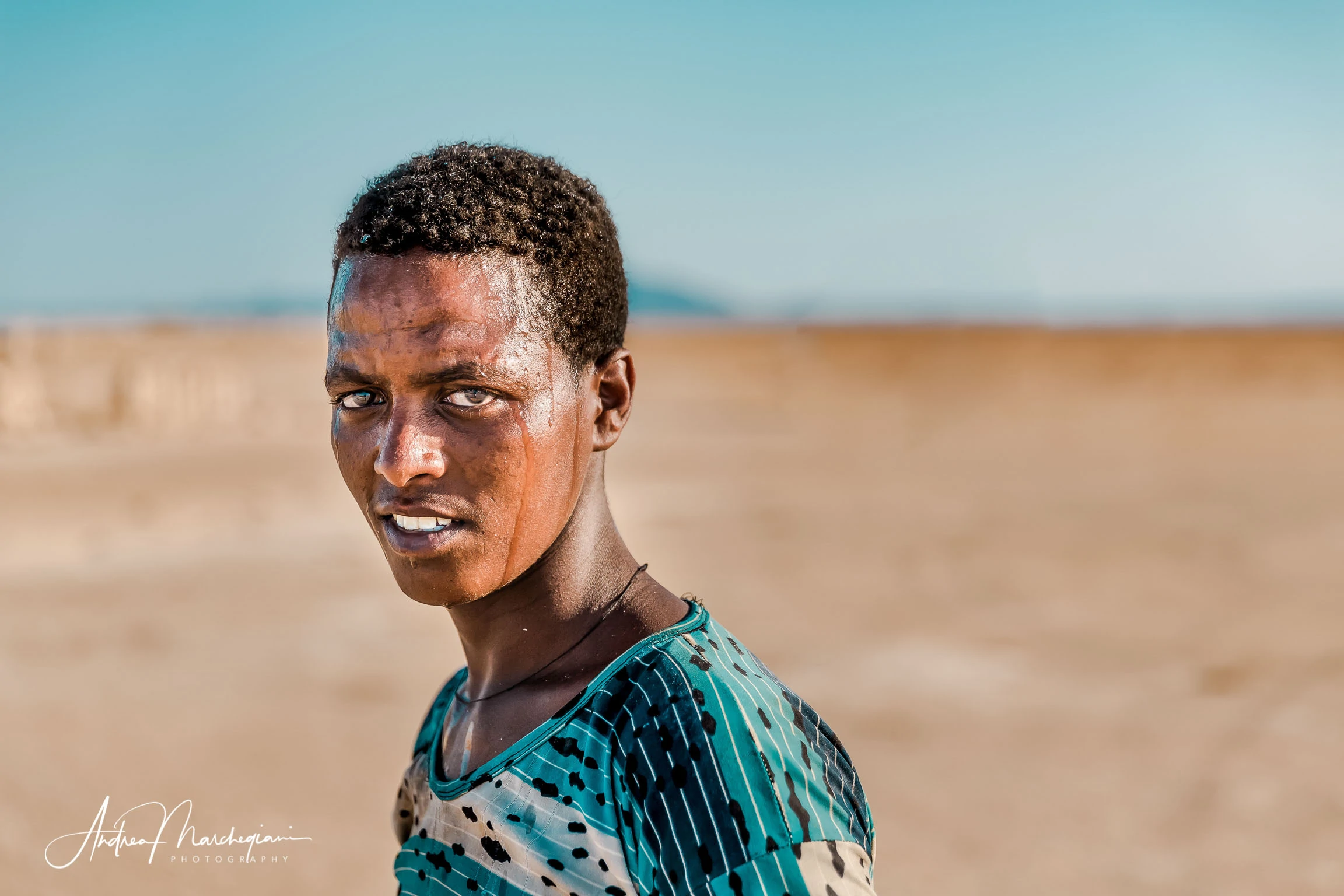
Danakil, hot as hell
“Water! Please! Water!”
I just opened the jeep door. A gust of hot wind hits me in the face. It’s 1:00 p.m. and the sun strikes high in the sky. This is the hottest place I have ever visited. “Very hot” is a superlative I have misused in the past, but now I get its real meaning.
The boy who made the plea must be 18 or something. I take my water bottle and hand it to him. I almost want to apologize because it almost reached boiling point in the car crashboard. The boy smiled at me and did not expect water from the refrigerator. The heat here is so dry you don’t sweat. You evaporate. The boy instead is all wet, the sweat lines his forehead and slides on his cheeks. It looks like tears in his eyes.
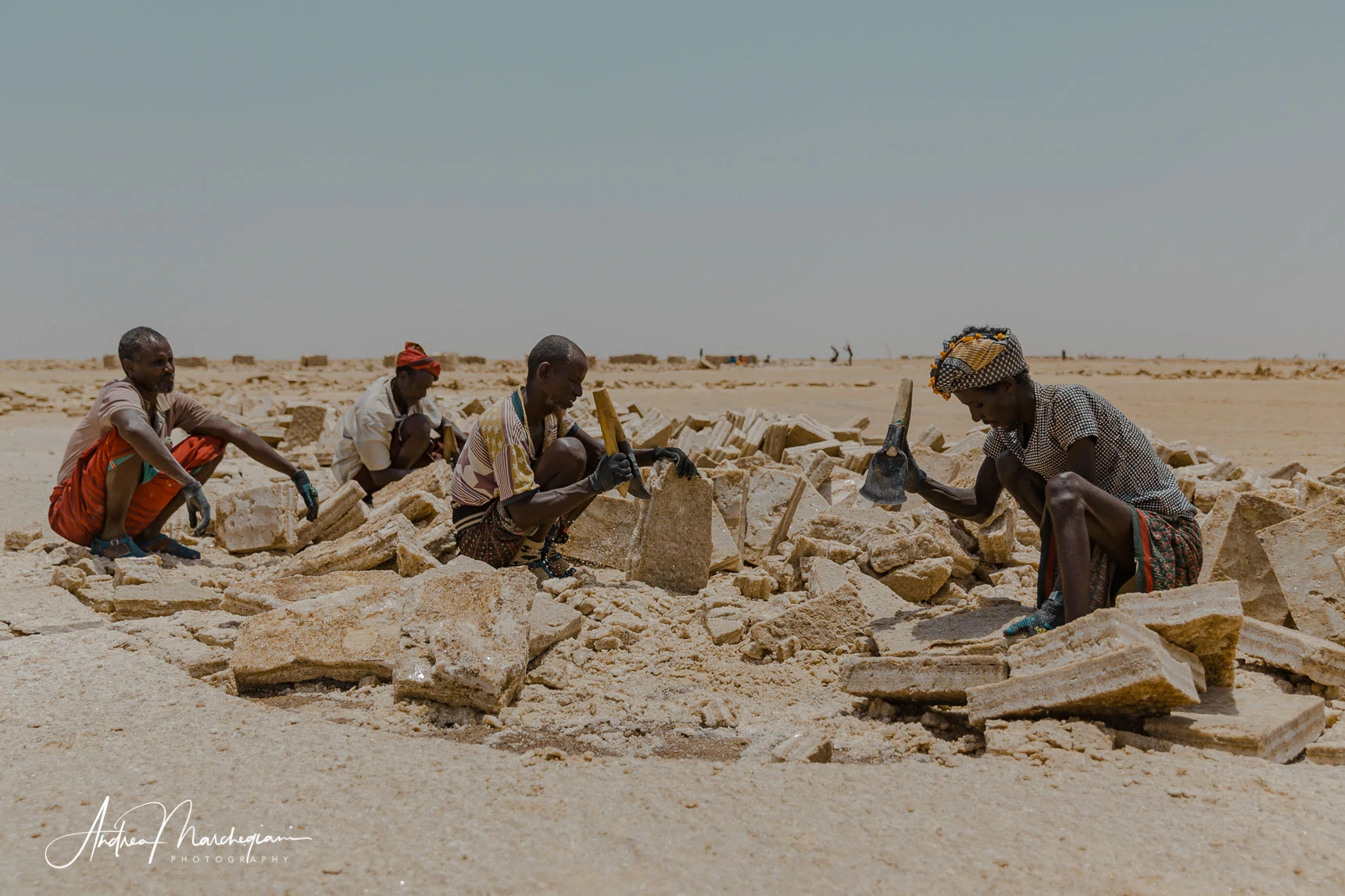
Danakil, the Salt Flats
Danakil is an Ethiopian depression once covered by the Red Sea. When the water receded, it left a salt layer 800 meters deep. Everywhere you look, there’s salt.
In the salt plain of Ahmed Ela, people work all day to break it into pieces and transport it to the nearest village to sell it.
As soon as I get out of the car, other guys run towards me looking for water. Our driver told us theirs is a well paid job. $30 per day, he said. I do not know if it is true. My fellow travelers have doubts about that, this is a lot of money in relation to the cost of living in Ethiopia. I wonder what the right price is for your day in this hell of salt.
I want to take photographs, but every step is exhausting. I keep going, hoping “maybe I will get used to it”. All around, hard-working and concentrated, the workers tear the soil to shreds and turn it into money .
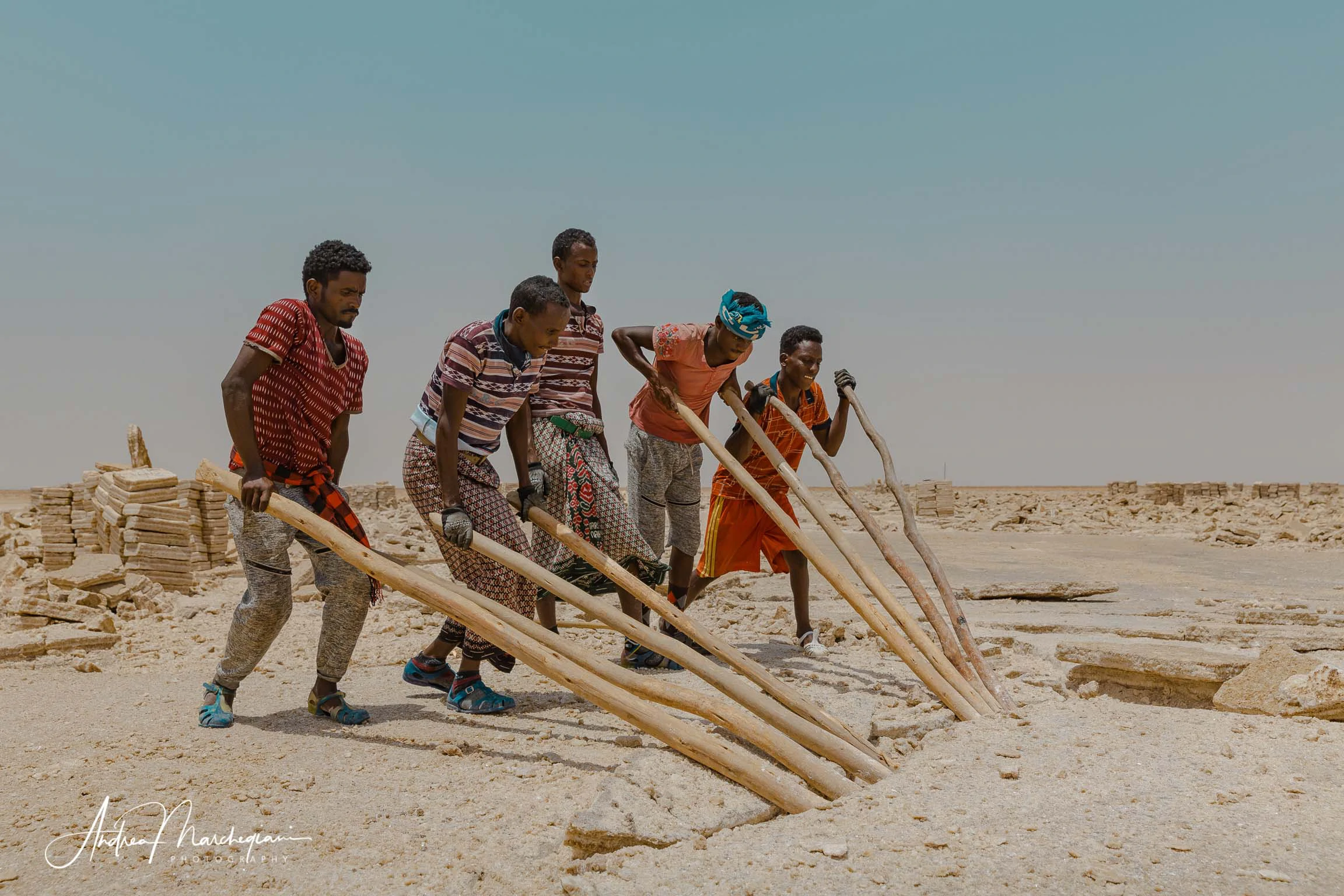
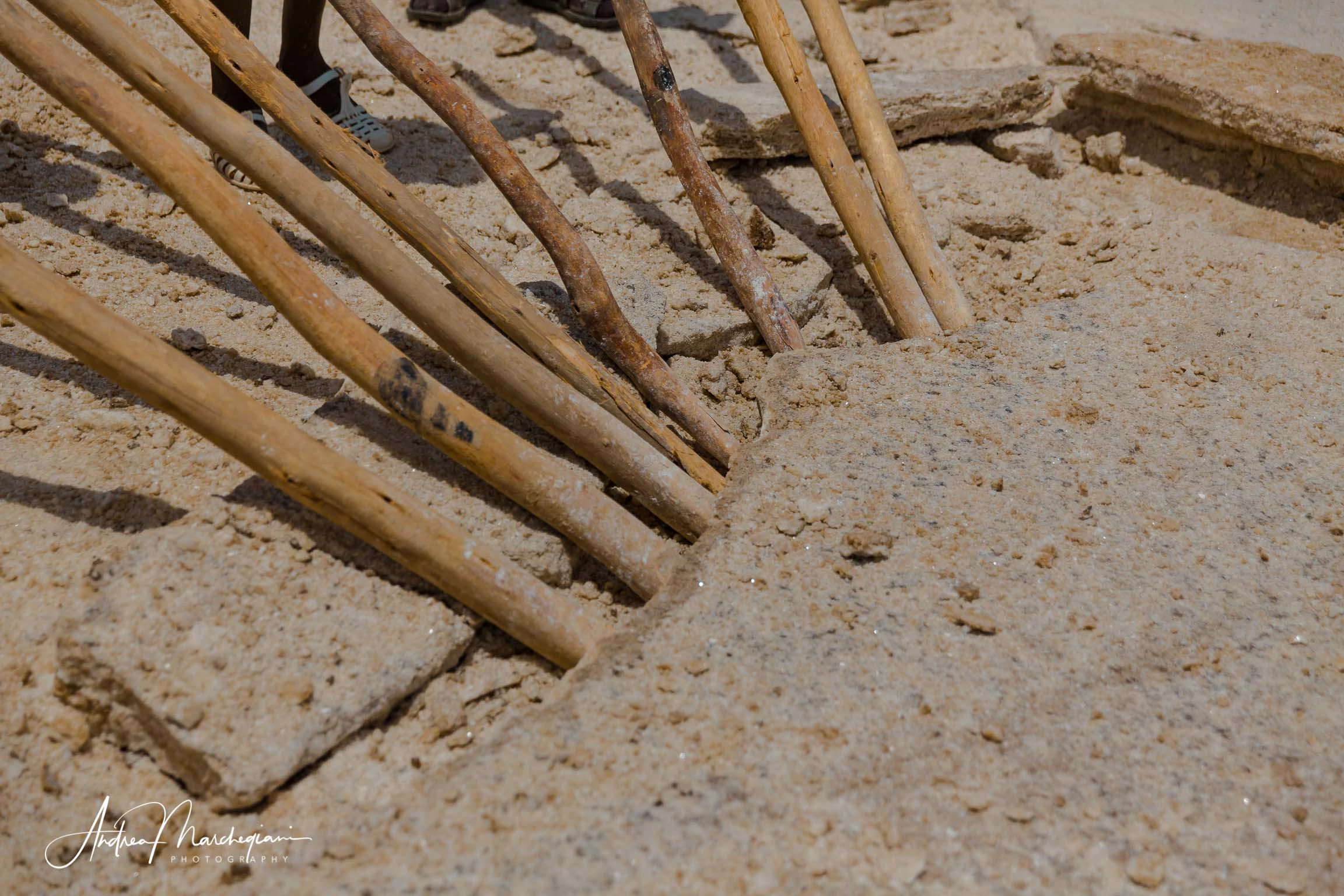
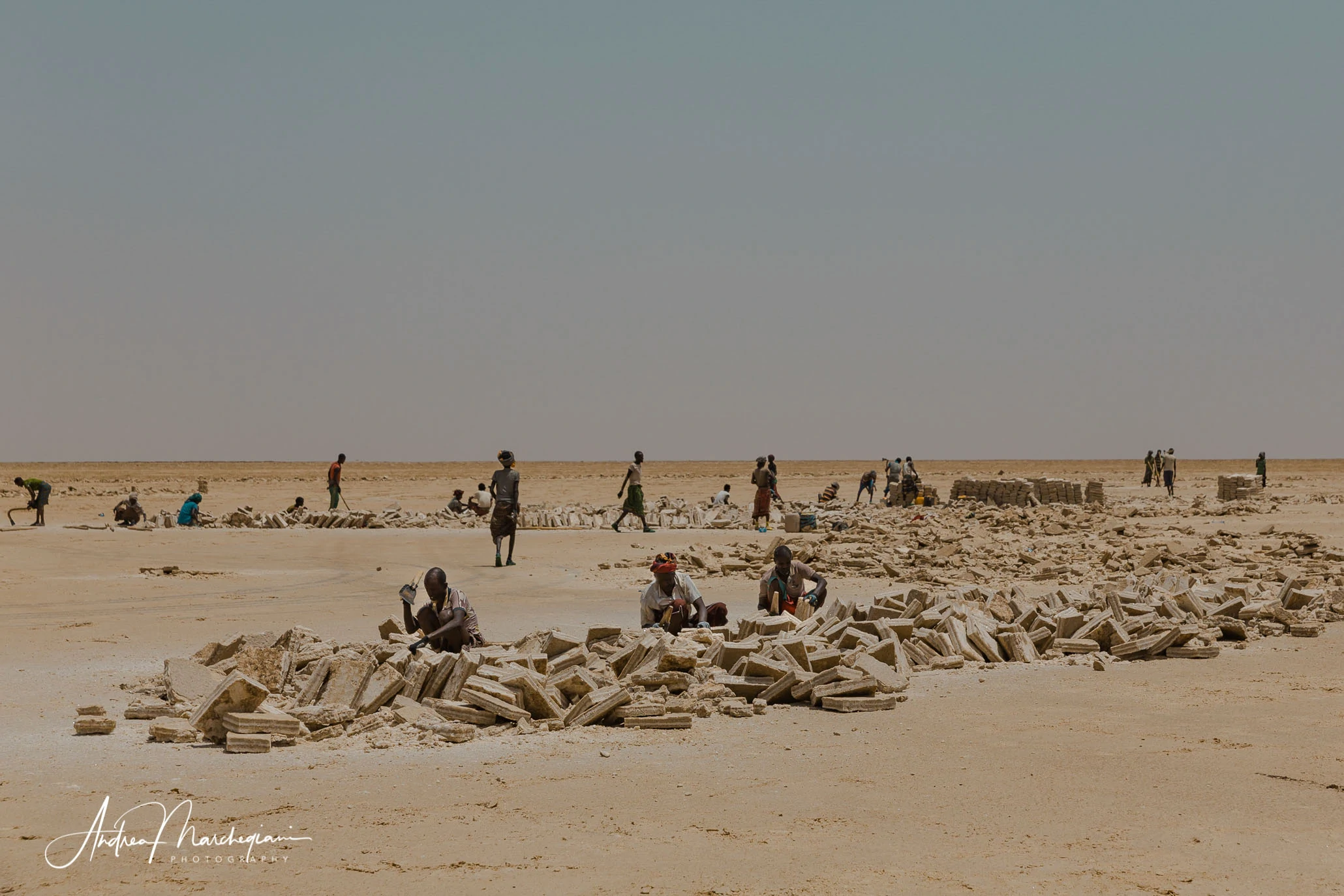
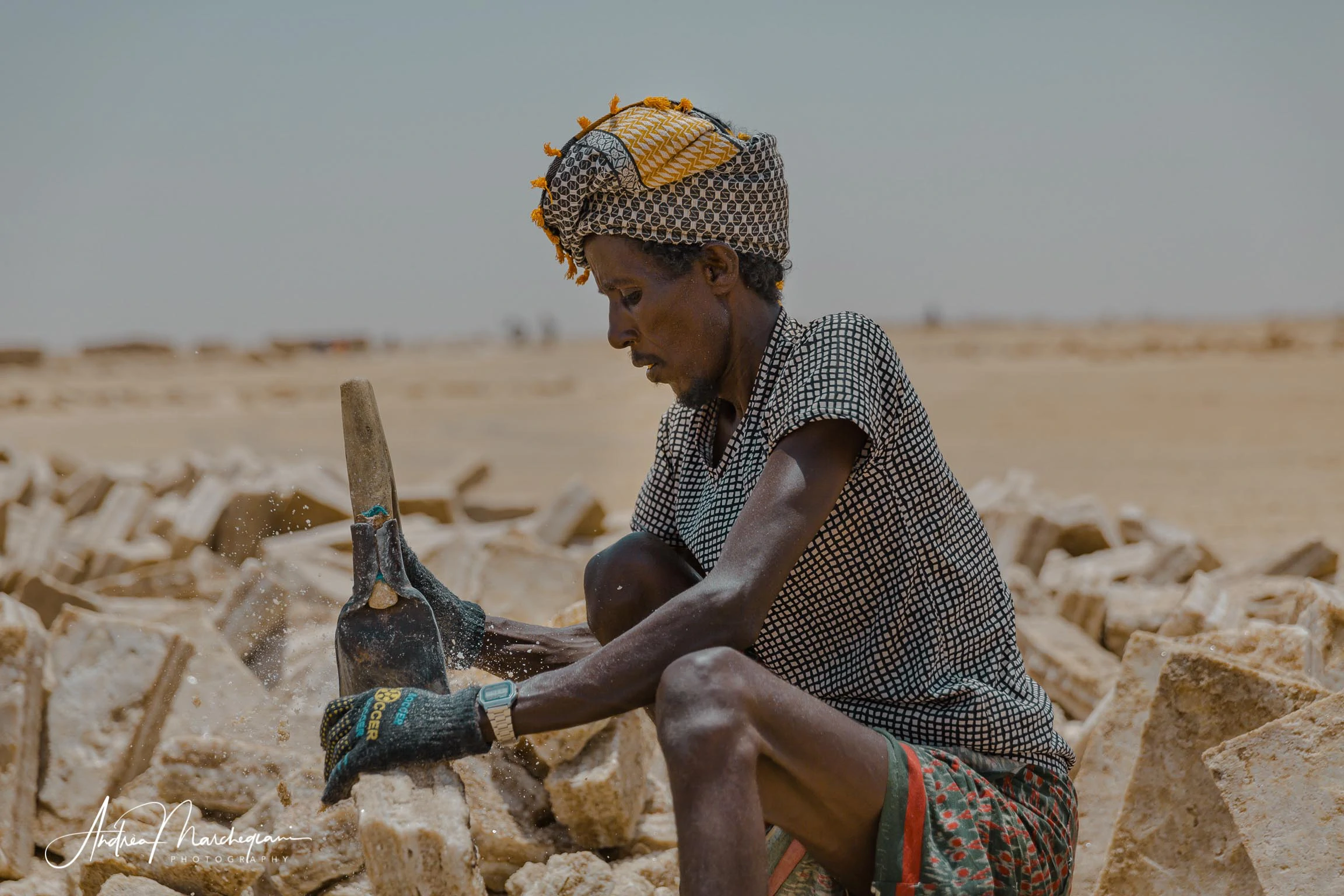
Salt mines in Ahmed Ela
I approach some guys who seem to do the heaviest work. Two of them pick on the ground, while a third sings a song to rhyme their shots. They throw the axe forcefully, until they form a large crack. They measure it several times. When it is deep enough, they put wooden sticks in it and start to leverage the ground at regular intervals.
Eventually they manage to lift a lump of salt, but they look down on it. It’s too small to be processed. They need to move a few feet and start over.
Men and seniors squat on the ground. They take the lumps and turn them into perfect parallelepipeds. They can really make them all the same.
Once ready, the salt tiles are loaded onto the camels. The caravan takes hours to return to the village. When the sun goes down, the camels walk tirelessly through the desert. Their shadow decorates the ground so gracefully it is breathtaking: it has been happening the same way every day for centuries. It’s an honour to be a witness.
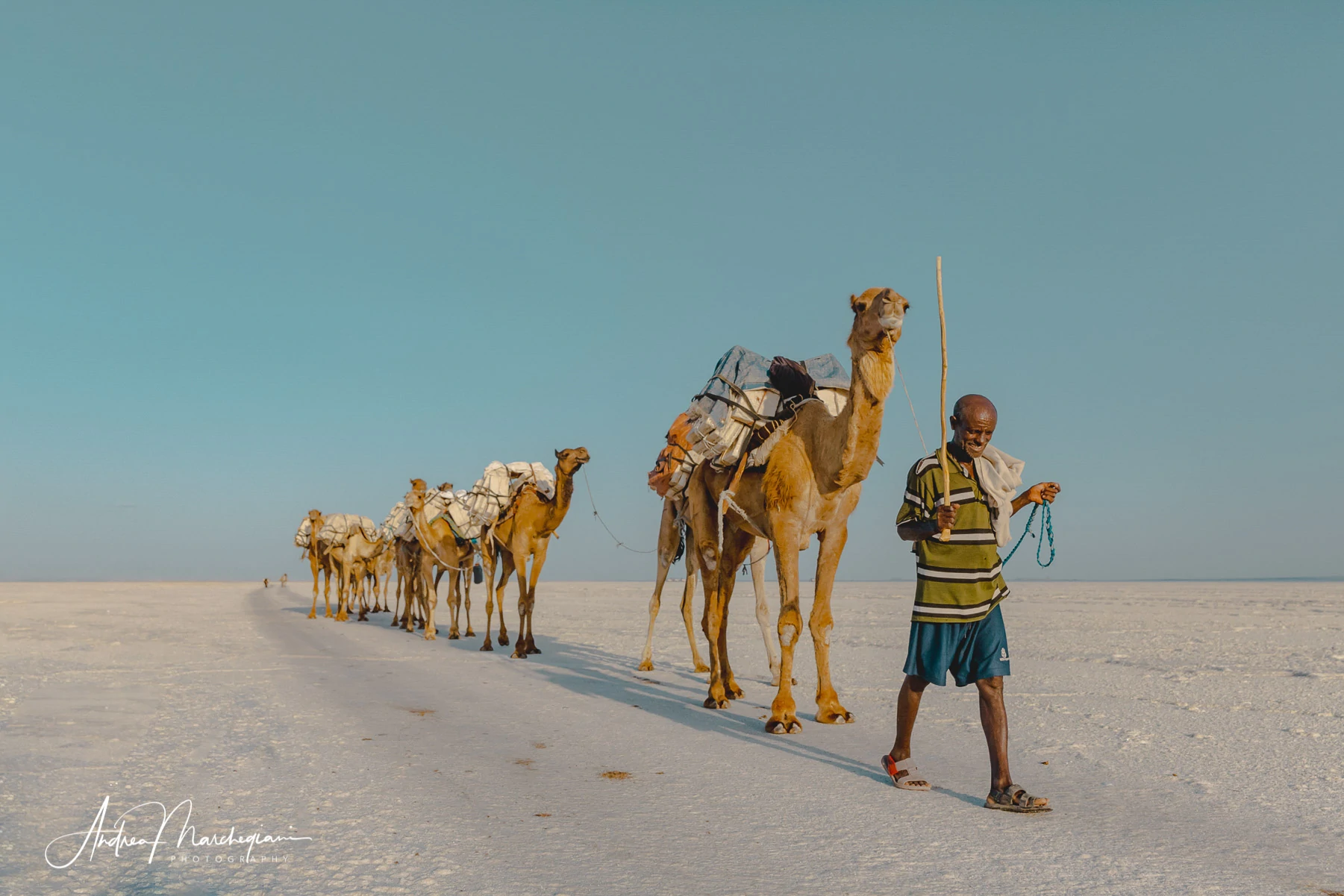
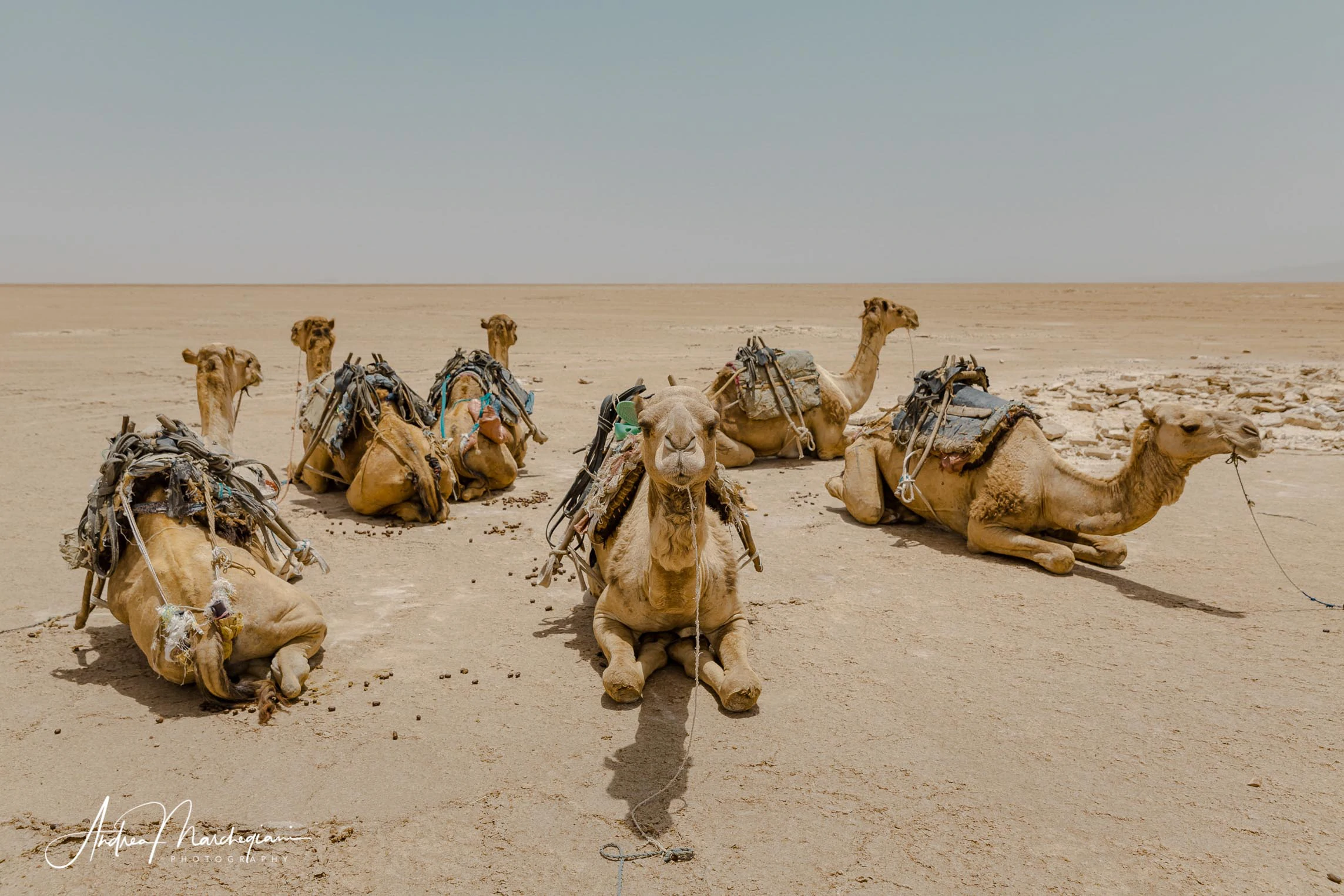
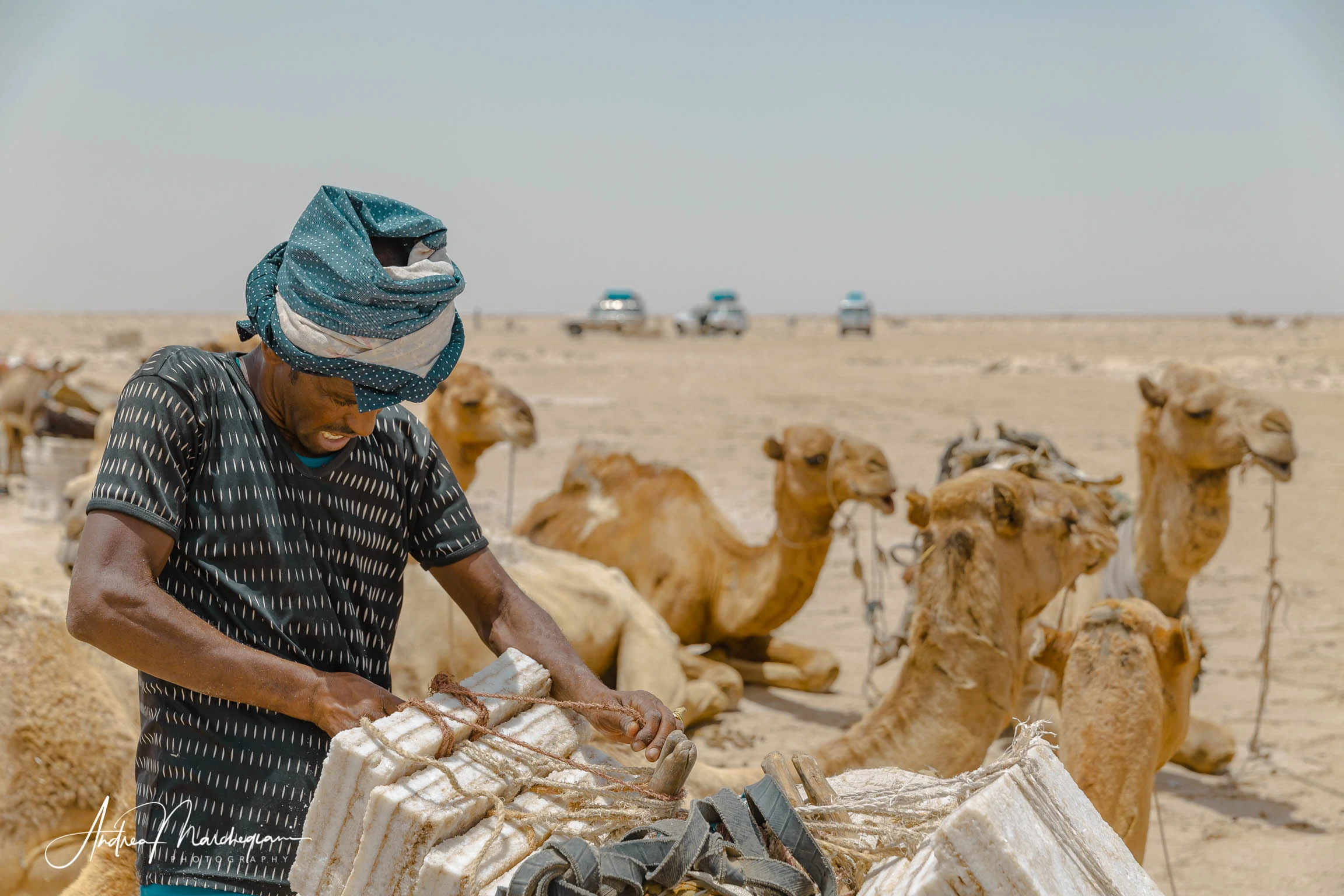
This ancient tradition has its days numbered, though. Trucks are being used more and more often as Chinese workers pave new concrete roads. Working in the salt flats is getting less poetic, but definitely much easier. My photographic eye suffers from it, but I can only be glad to know that these guys will soon be home, without having to deal with a long crossing.
